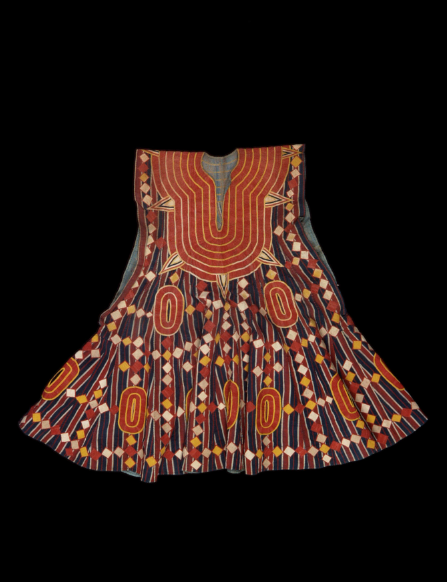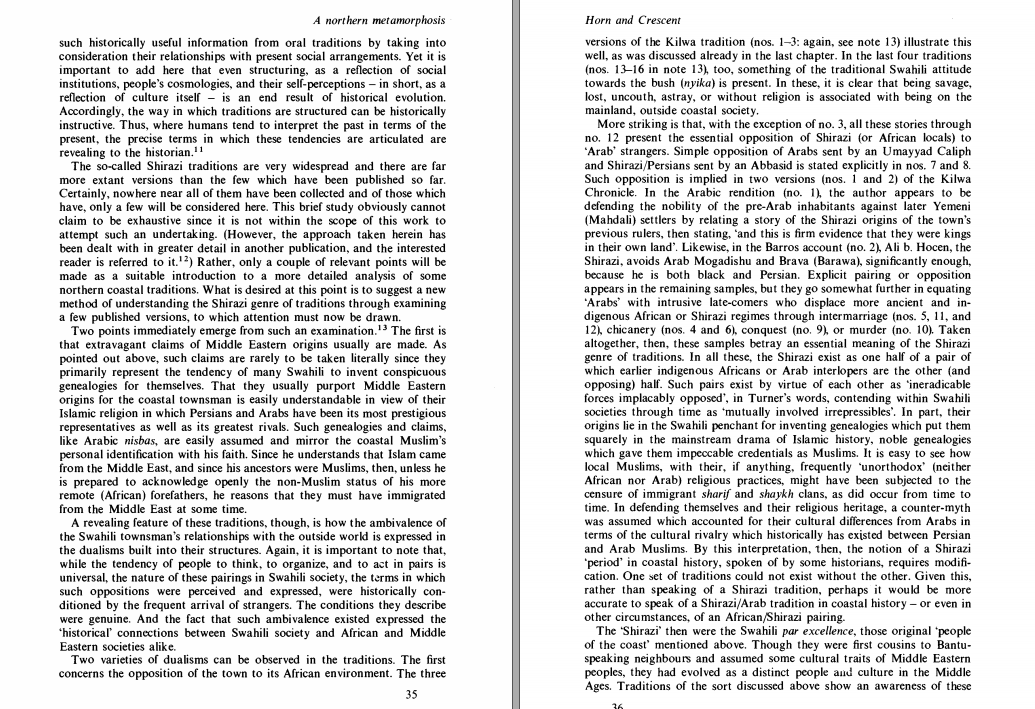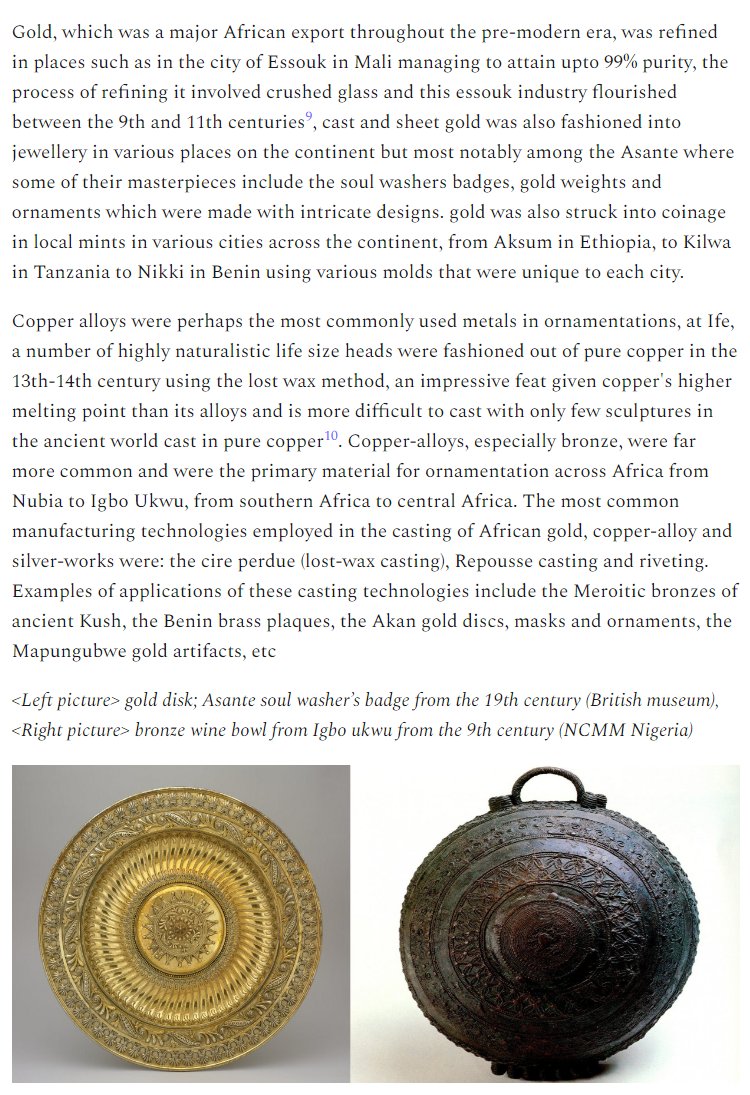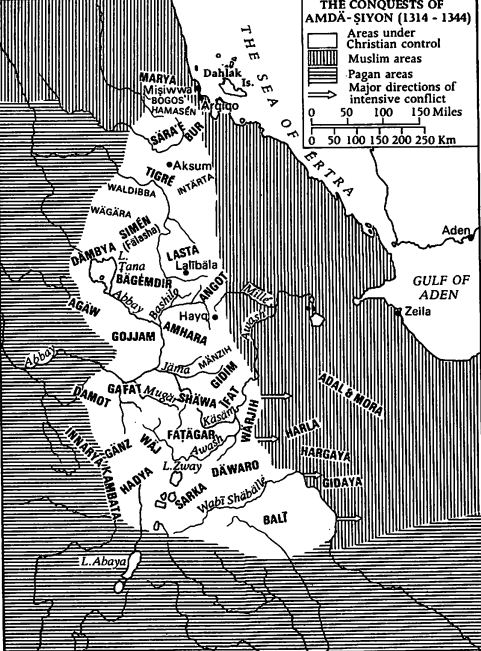
late 19th cent.
embroidered cotton tunics from the kingdom of dahomey, republic of Benin
-quai branly
#randomxt
"Dahomey cloth woven of both cotton and raffia constituted the finest weaving, both from the point of
view of technical excellence and of design"



embroidered cotton tunics from the kingdom of dahomey, republic of Benin
-quai branly
#randomxt
"Dahomey cloth woven of both cotton and raffia constituted the finest weaving, both from the point of
view of technical excellence and of design"




Weavers were mostly male while dyers and spinners were women, they included both Fon weavers and Yoruba immigrants, they used vertical and ground looms, embroidering was dominated by yoruba weavers who served both the domestic market and exported large amounts of cloth to brazil
Dyeing was done using indigo and potash, other colors such as red and black were achieved using sorghum stalks, imported silks were also woven into cloths
dahomey weavers incorporated styles from the Muslim north, the Akan to its west, the Yorubalands to its east
dahomey weavers incorporated styles from the Muslim north, the Akan to its west, the Yorubalands to its east
"The value placed on artistic diversity, as expressed in the extensive incorporation of foreign imagery and forms
suggests that this underlying factor of dissimilarity and
flexibility played an important part in Dahomey forms
of societal and artistic expression"
suggests that this underlying factor of dissimilarity and
flexibility played an important part in Dahomey forms
of societal and artistic expression"
quotes taken from:
Melville J. Herskovits and the Arts of Ancient Dahomey
by Suzanne Preston Blier
academia.edu/1950158/_Melvi…
The Technology of Production in Southern Dahomey, c. 1900
by Patrick Manning
jstor.org/stable/3601387
Melville J. Herskovits and the Arts of Ancient Dahomey
by Suzanne Preston Blier
academia.edu/1950158/_Melvi…
The Technology of Production in Southern Dahomey, c. 1900
by Patrick Manning
jstor.org/stable/3601387
• • •
Missing some Tweet in this thread? You can try to
force a refresh




















